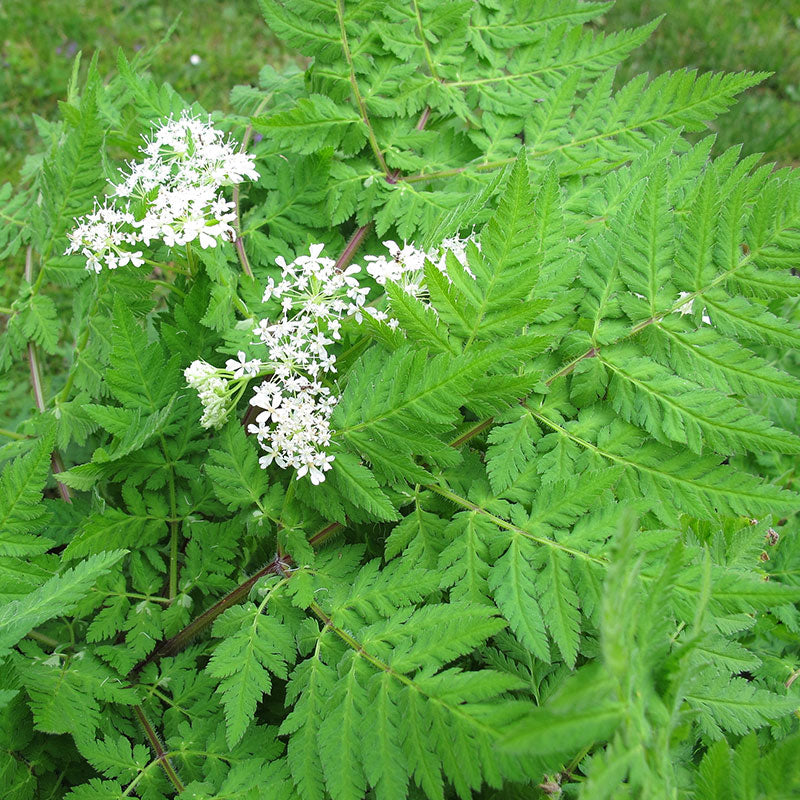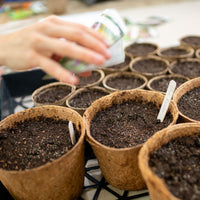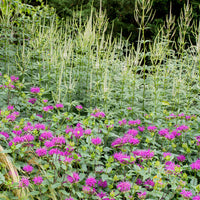SOWING INSTRUCTIONS
Depth:
Surface sow and lightly press in .
Starting Indoors:
Stratify for 30 days. Sow in a container, cover with a plastic bag and refrigerate, or mix seed with damp clean sand or vermiculite, bag, and refrigerate at 35-40°F. Check often for germination and maintain a lightly moist medium. Transplant any seedlings as they germinate. After the chill period, sow into soilless media and keep at 65-70°F.
Starting Outdoors:
Direct sow in earliest spring or fall into a finely-prepared nursery bed, transplanting the following year. Or winter sow into pots in the shade, covered with a thin layer of clean sand and a wire screen to keep out mice and voles. Check for moisture at regular intervals.
PLACEMENT & CULTIVATION
This taprooted Penstemon is native to the East and thrives in shadier and moister sites than other beardtongues. Adaptable, it is a beautiful early summer bloomer for cottage gardens, mass plantings, part shade gardens, woodland edges, meadows, rain gardens, and cutting. More compact than others in the genus, its strong stems hold a cascade of small lavender-pink bells in early summer. Trim back stems after bloom, or allow the handsome seed heads to mature to a lovely red-tinged hue in fall. Self-sows.
Watering Details:
Water regularly during the first season to establish. After that, water deeply during prolonged dry periods.
Soil pH:
Not particular about soil pH.
Fertilizer:
Mix about 1" of compost into soil prior to planting.
Diseases & Pests:
Prevent fungal troubles and root disease by spacing properly and planting in very well-drained soils.
When to Cut for Bouquets:
Cut when about 1/2 of florets on a stem are open.














































